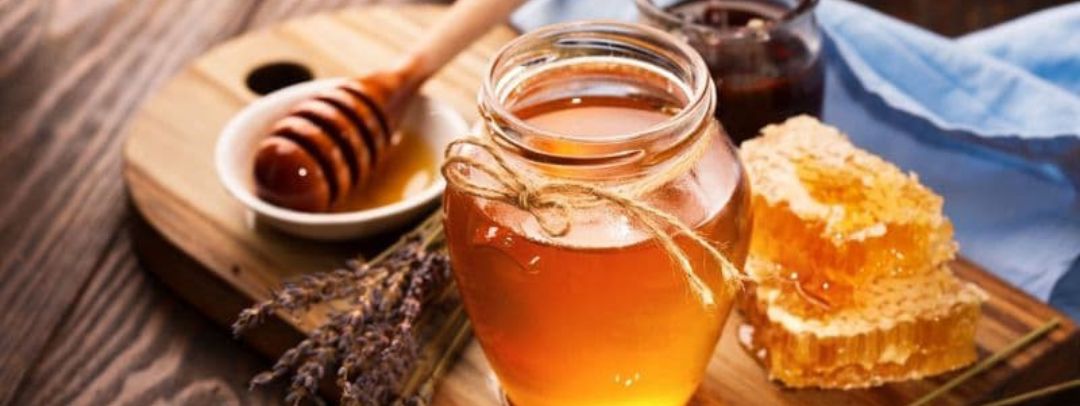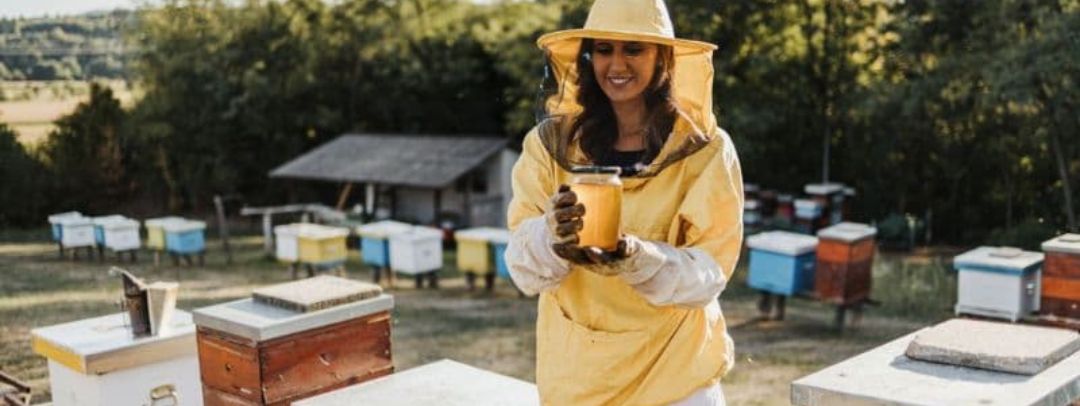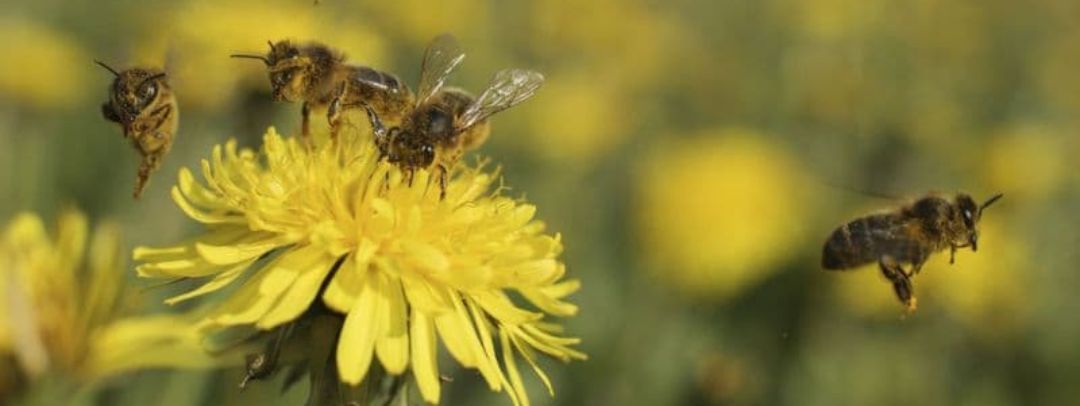Wasps and bees are often confused with each other despite their notable differences. They have always been two insects that, because of their similarity, are difficult to tell apart at first glance. Moreover, we tend to fear them without even knowing whether we are dealing with wasps or bees.
The reality is that there is a big difference between being attacked by a bee and being attacked by a wasp. The truth is that even in terms of their role in ecosystems, this is also very different.
Here we explain everything you need to know to tell the difference between these two types of insects.
Diferencias físicas entre abeja y avispa
At first glance, bees and wasps can be easily differentiated if we take into account a few details. The main difference between the two lies in their size, as bees are generally much larger than wasps. In addition, their build is more robust than the slender exoskeleton of wasps.
Colour is another key point of differentiation. Although both have the characteristic yellow and black colours, the colour of bees is more brownish to orange. Wasps have the characteristic distinct yellow and black lines, although they can sometimes vary in tone, the difference with bees is more than distinguishable.

Bee stings vs wasp stings
Both insects are feared for their stinging ability. However, knowing how to tell them apart is crucial in this case, as they do not have the same stinging capacity.
The wasp can sting several times and this is because its stinger is smooth. It can enter and exit without any problem on the surface it penetrates. However, wasps are the most dangerous and most likely to sting. This is because they have a smooth, stinging stinger and inject a venom that causes intense pain but is not lethal.
Bees, on the other hand, are not so dangerous when it comes to stinging, because if they do, they die. This is because their stinger is attached to their exoskeleton and has stingers that tear the bee’s abdomen as soon as it is removed from the site of the sting.
We know, therefore, that if a bee is hovering around us, the chances of getting stung are very small; whereas if it is a wasp, we may want to use some form of protection. This is one of the most important differences between bees and wasps.
Differences between bee and wasp behaviour
The behaviour of both animals has been studied, and in the case of wasps, an innate aggressiveness is attributed to them. In comparison, bees are more tame and calm, although this may be related to the aforementioned limitation on stings.
Bees also have work to do throughout their lives. Every year they follow a series of processes in the production of honey and the preservation of their hive. They are responsible for the pollination of flowers and the production of various beneficial substances from nectar and pollen.
In addition, bees have an organisational system with rules that they follow perfectly within the hive. Each bee plays different roles throughout its life.

In the case of wasps, they also follow certain hierarchies, but as they do not live in a hive (they live in honeycombs) and do not work any kind of material to make new ones, they have less work to do.
With regard to habitat, bees make their own hives from the materials they collect. Wasps, on the other hand, make their combs from wood or other materials.
Functions of bees and wasps
The main function of bees in relation to the planet is to pollinate the planet. They are responsible for transporting pollen from flowers, which helps them to reproduce. This means that without them, many crops would disappear.
As for wasps, they feed on other insects and are pure predators. Wasp infestations can destroy bee hives and damage crops.
Ultimately, bees benefit many facets of our planet compared to wasps. Even if they do it simply to feed themselves, they indirectly offer a lot of useful elements.
You may also be interested in:



